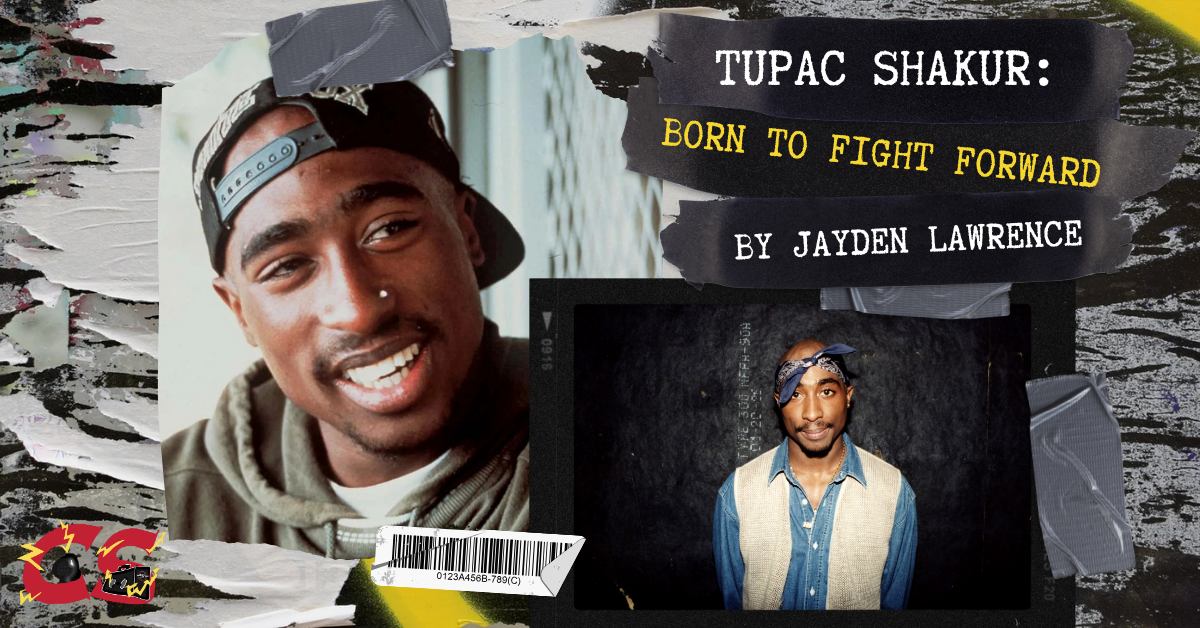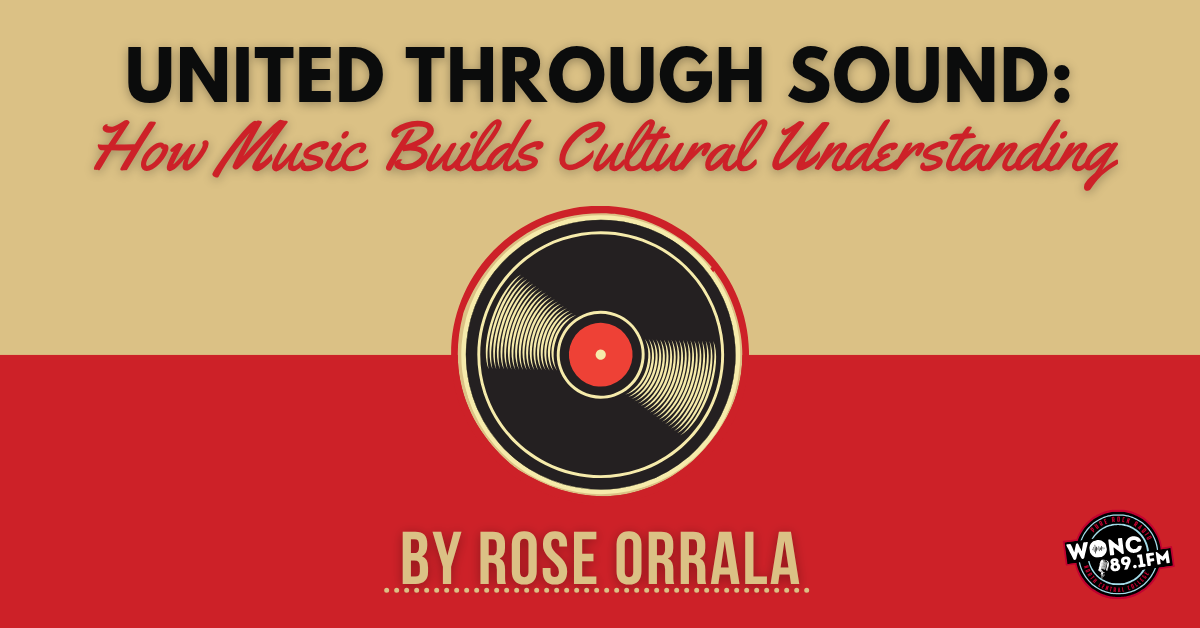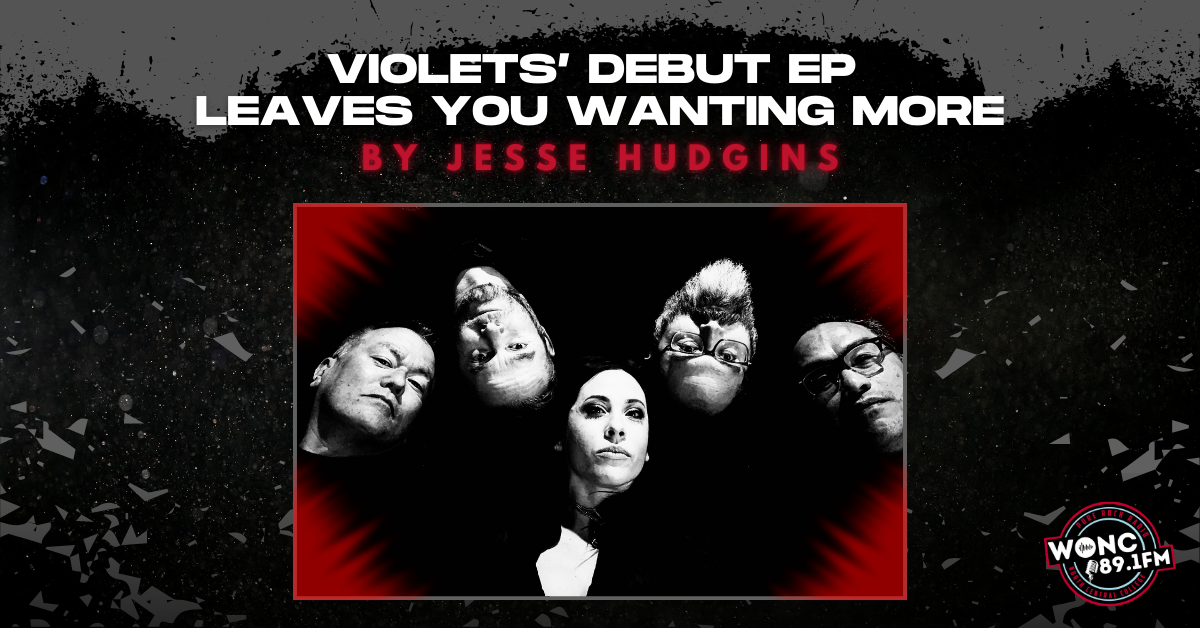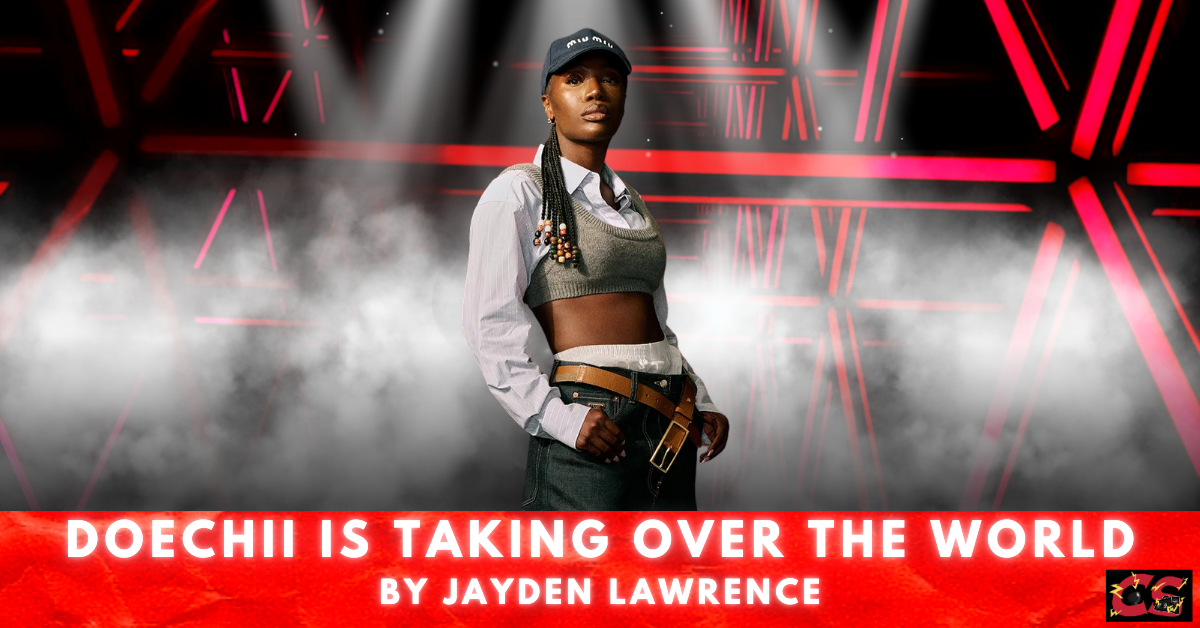by Evan Bruner
What is there to say about Caitlin Clark that hasn’t already been stated one thousand times over? She’s approaching a point where merely calling her a star is an understatement. She’s a supernova, her own entity, and a trailblazer who’s helped change how women’s athletics is covered. With every step Clark takes, records are shattered, and barriers are broken.
She hasn’t done it all on her own, though. Clark would be the first to concede that she’s benefited from the social media and NIL era, as well as the great players who came before her. But regardless of the root cause, Clark’s ascension to the forefront of college athletics resulted in historic viewership numbers in this year’s tournament, with Iowa’s national championship game versus Dawn Staley’s South Carolina Gamecocks drawing more viewers than the men’s final between UConn and Purdue.
While the women’s game as a whole is rich in star power, it’s become increasingly difficult to ignore the common denominator in the proliferation of viewership, attendance, and ticket prices. Wherever Clark goes, her legions of fans follow. Clark has reached a level of celebrity and mainstream relevance unbeknownst to her peers. Even her staunchest critics can’t deny that she’s a needle mover and the face of a movement that transcends the sport of basketball.
As tempting as it is to continue gushing over Clark’s greatness and legacy at the collegiate level, her days at Iowa are no more. There’s little value in discussing objective facts. Clark has changed the game and elevated it even more. But now she embarks on a new, more daunting quest: taking the WNBA to new heights.
Clark may be a rookie, but she enters the league with the weight of the world on her shoulders. She can’t be expected to be an ordinary rookie because she isn’t, and everyone knows that. At 22 years old, she’s become a mythical figure of sorts in the eyes of fans. She took Iowa, a program that hadn’t made the final four in 30 years, to consecutive championship games, and she headlined the most-viewed women’s basketball game ever. The expectation is she’ll continue being the paradigm-shifting, game-breaking, awe-inspiring whirlwind she was in college.
The WNBA, though, is a different ball game. The league has historically struggled with viewership and revenue in a way that the college game, even before Clark’s arrival, hadn’t. And unlike college, where Clark was roughly the same age as her counterparts, she now enters a league filled with players a decade her senior.
There will undoubtedly be a learning curve. The WNBA is the best of the best, and all its players were not only stars at the college level but have also spent years competing professionally. Stardom and popularity aren’t permanent, and since there’s never been a player entering the league with this level of allure, it’s hard to know how it will translate to the professional level.
As of now, there are more Caitlin Clark fans than there are WNBA fans, and the numbers say as much. This may feel like a slap in the face to those who are already in the league and could explain the skeptical, if not resentful, quotes from active players when prompted about Clark. To them, having a player waltz into the league and be the talk of the town before earning her stripes is disrespectful. But in reality, anyone who claims to care about growing the game should want Clark to succeed.
Before there were die-hard NBA fans who bought League Pass and watched every single game, there were Larry Bird and Magic Johnson fans. These people had yet to love the game of basketball unconditionally, but they loved the way Bird and Johnson played it. Over time, they became immersed in the sport to the point that they no longer needed a specific player to tune in. Conceptually, this is what the WNBA is hoping to emulate.
Clark is the star, and her fanbase features many people who had little interest in women’s basketball before they saw her drain logo threes. If Clark were to retire today, many of them would go back to their old ways. Therefore, Clark failing in the WNBA would be disastrous for the league. Her stardom is reaching a critical period; either she’ll continue to elevate the game and grow her brand, bringing in more fans, or she’ll return to earth and fall to relative obscurity like so many before her.
Unlike most rookies who get a couple of years of grace, Clark will be thrust into the spotlight from the jump. Fans want to see Clark be great, and they don’t have the patience to wait four years for her to blossom into an All-Star. Viewers don’t watch Clark for Clark as much as they watch her for greatness and history. If she looks mortal, even if it’s only for a couple of seasons, it will hurt ratings and turn away potential fans. This isn’t to say Clark needs to be an MVP-caliber player right off the bat, but she’ll be held to a higher standard than previous No. 1 picks.
This year’s WNBA Draft was loaded with big names. Angel Reese, Cameron Brink, and Kamilla Cardoso all have legacies of their own that they’re continuing to build. Clark isn’t the only star, but she’s currently the biggest one of all. She’s the seminal figure in women’s basketball today, and that title acts as a double-edged sword. Pressure is a privilege, and Clark and the WNBA have the privilege of looking at the opportunity of a lifetime.






